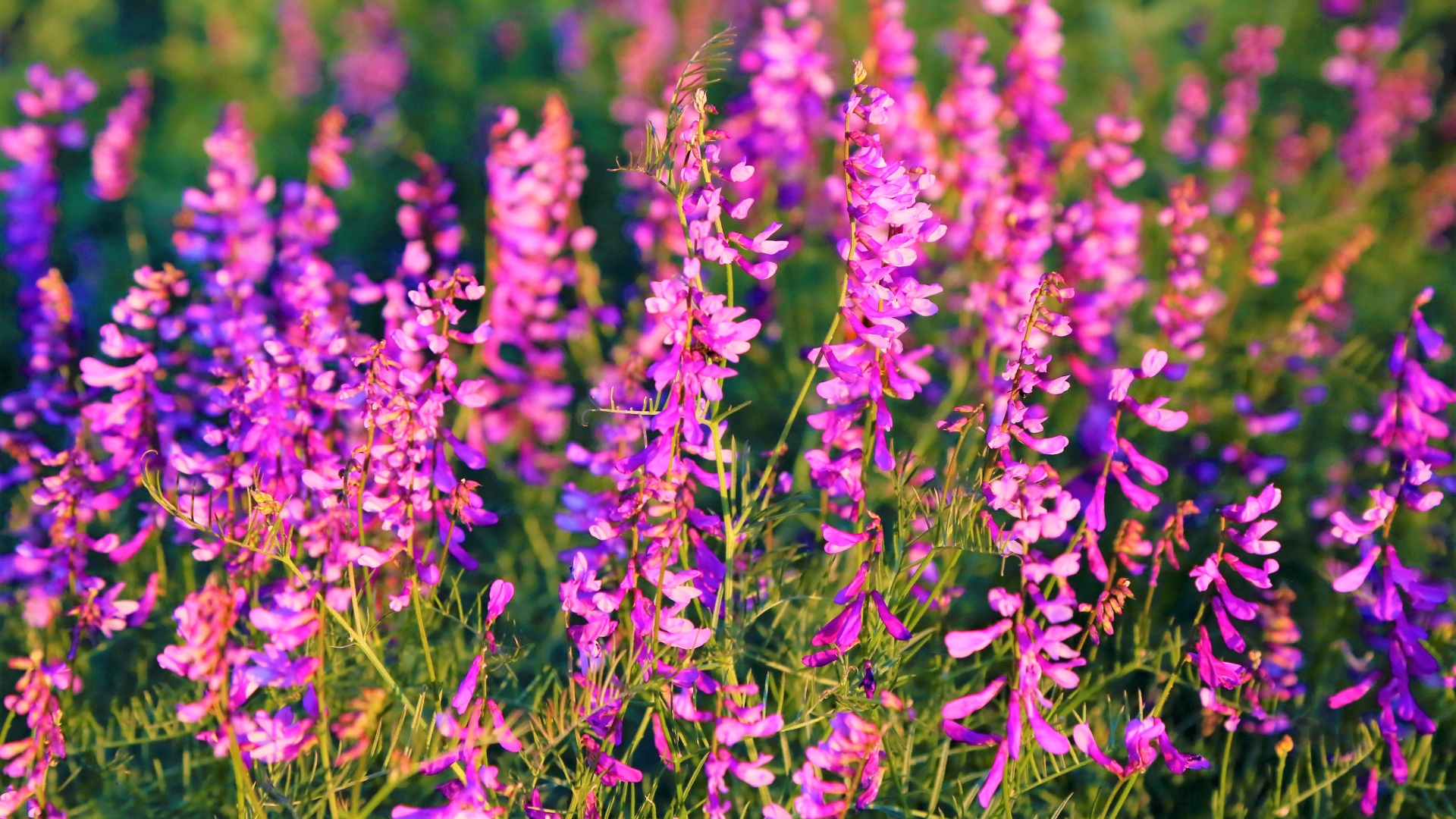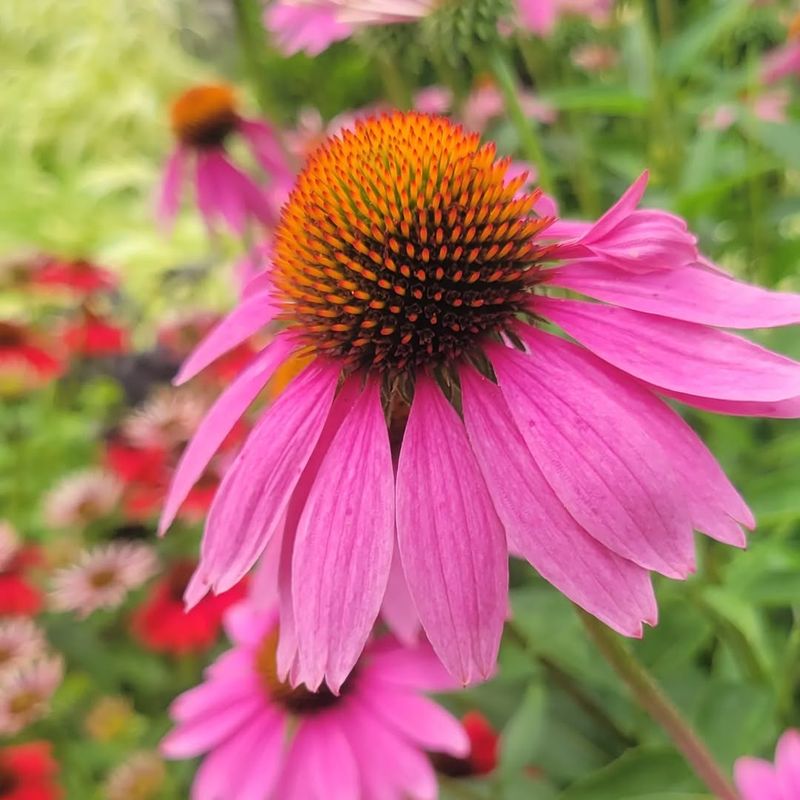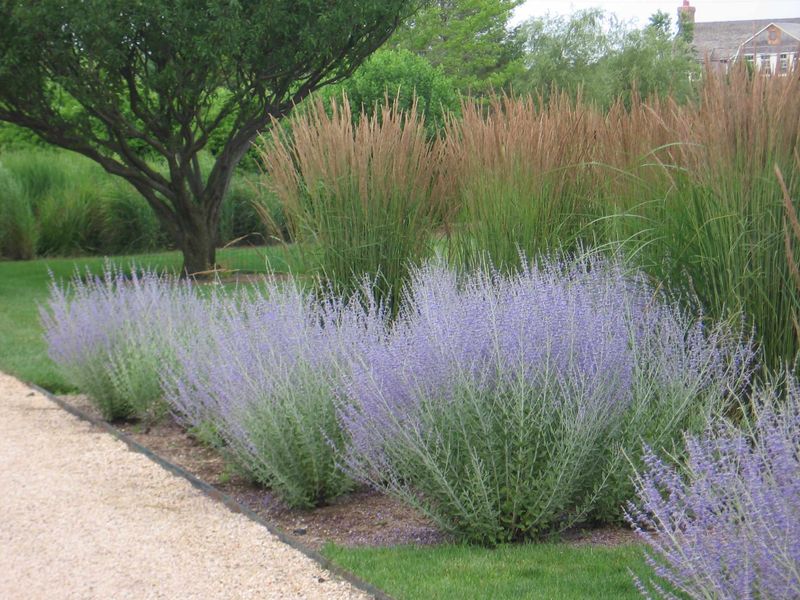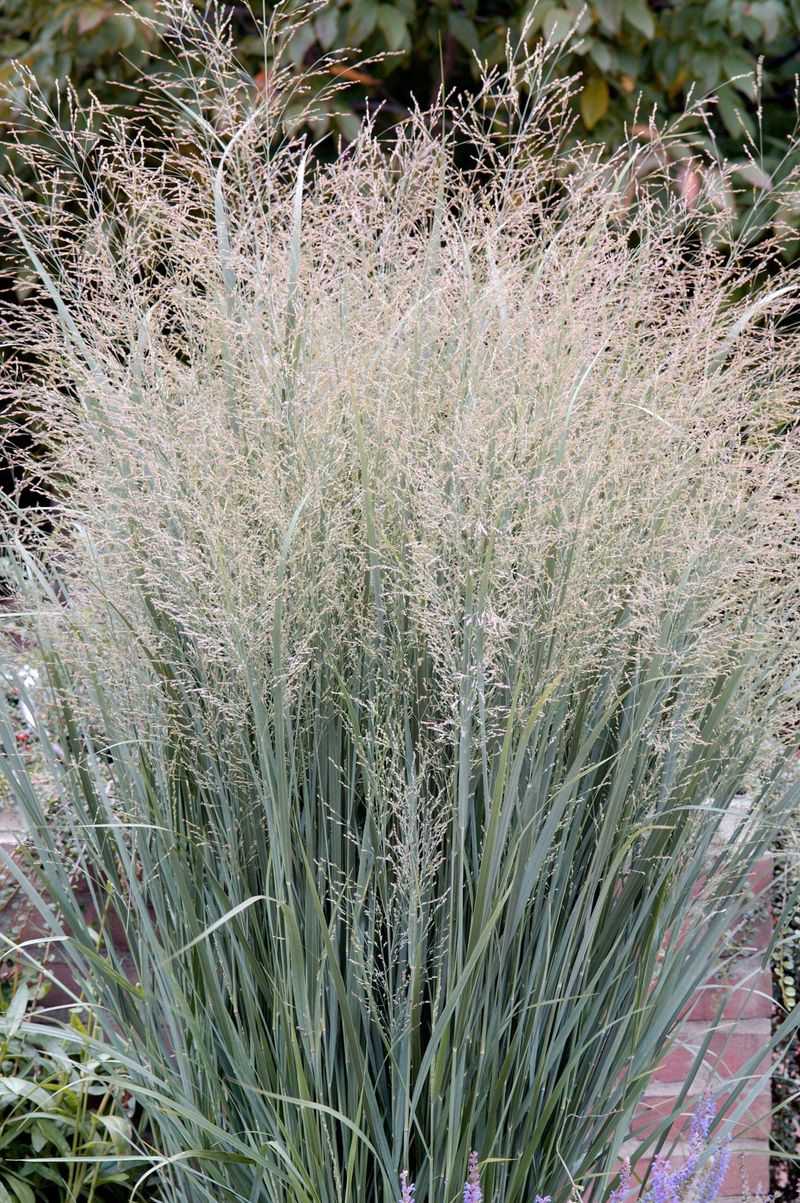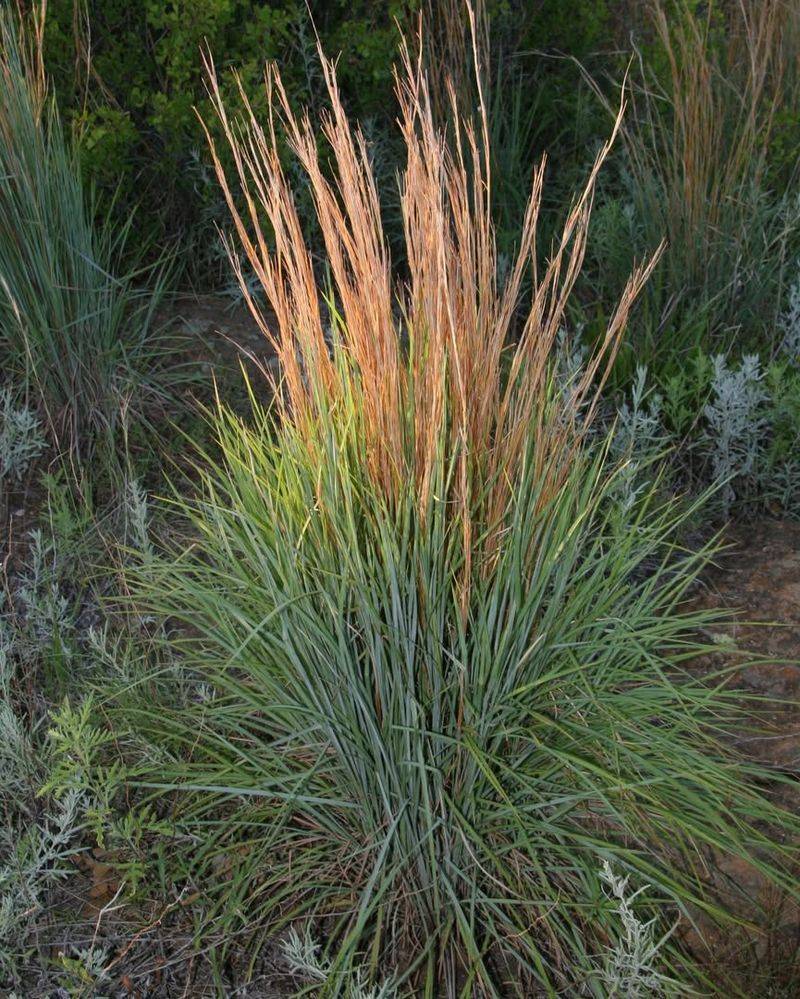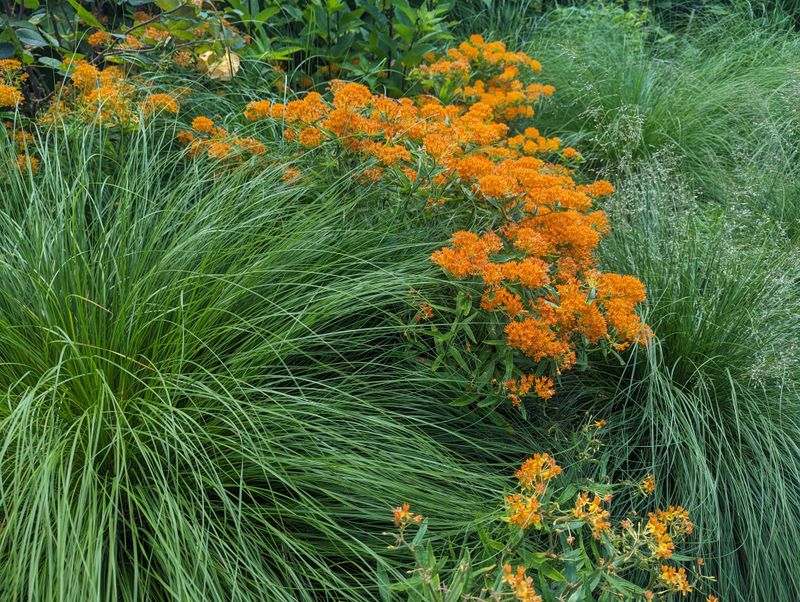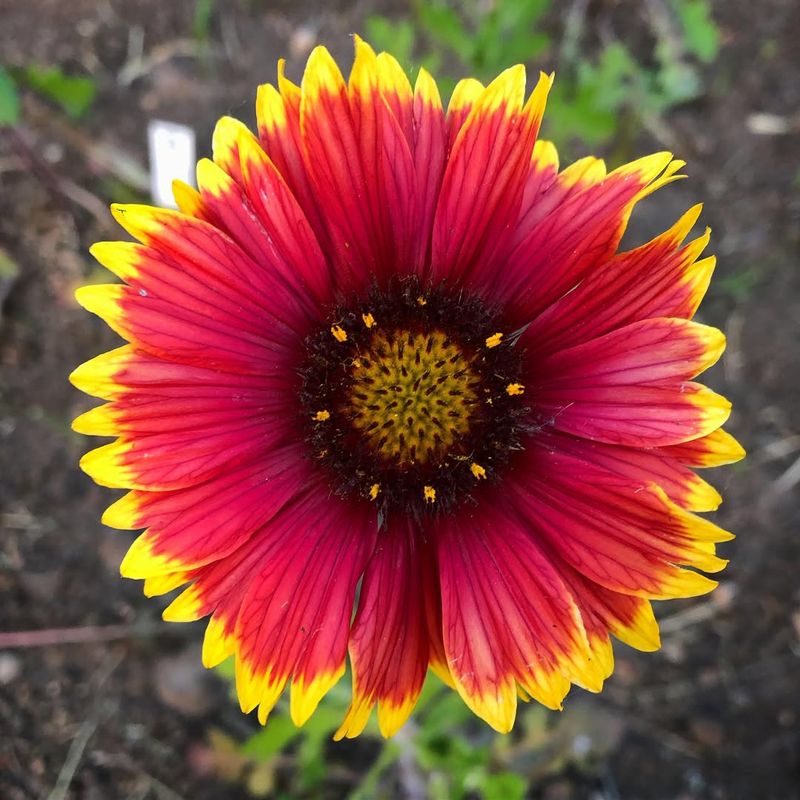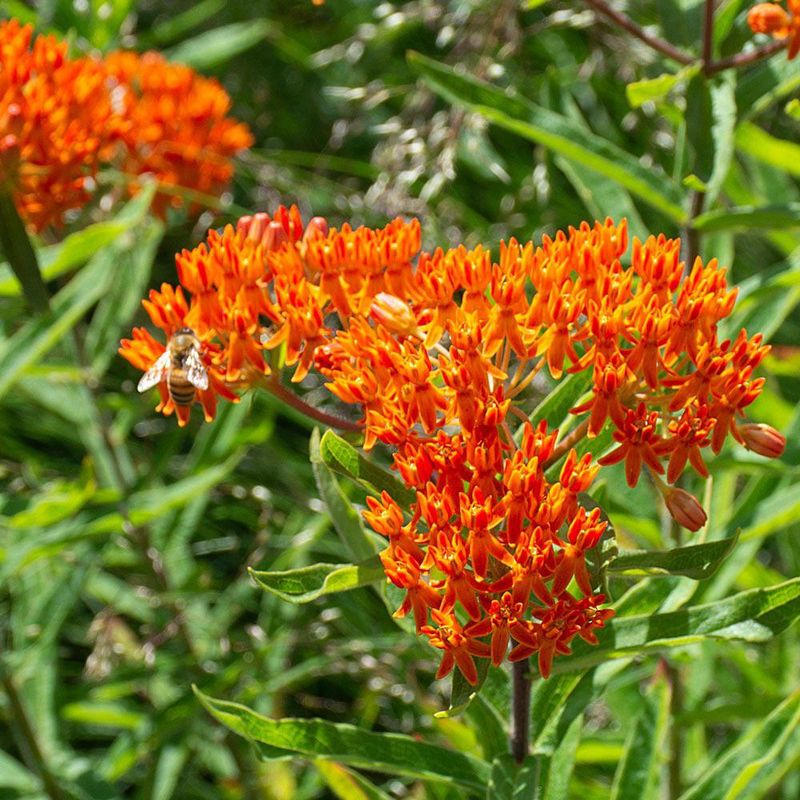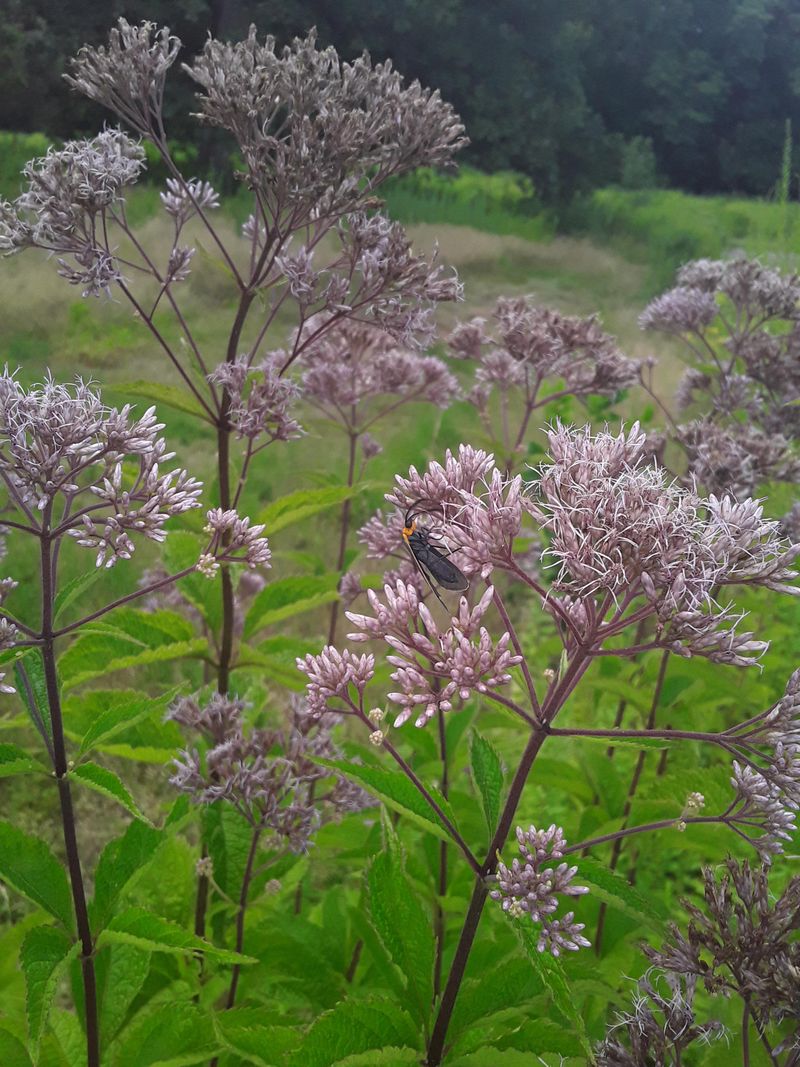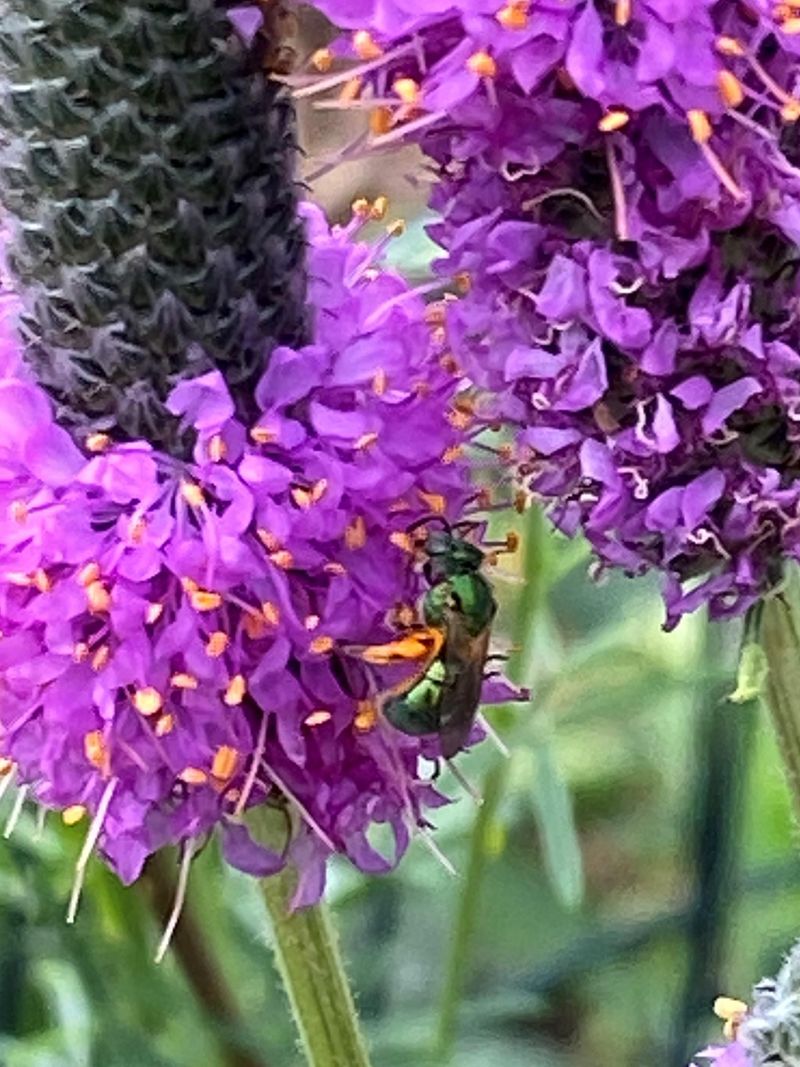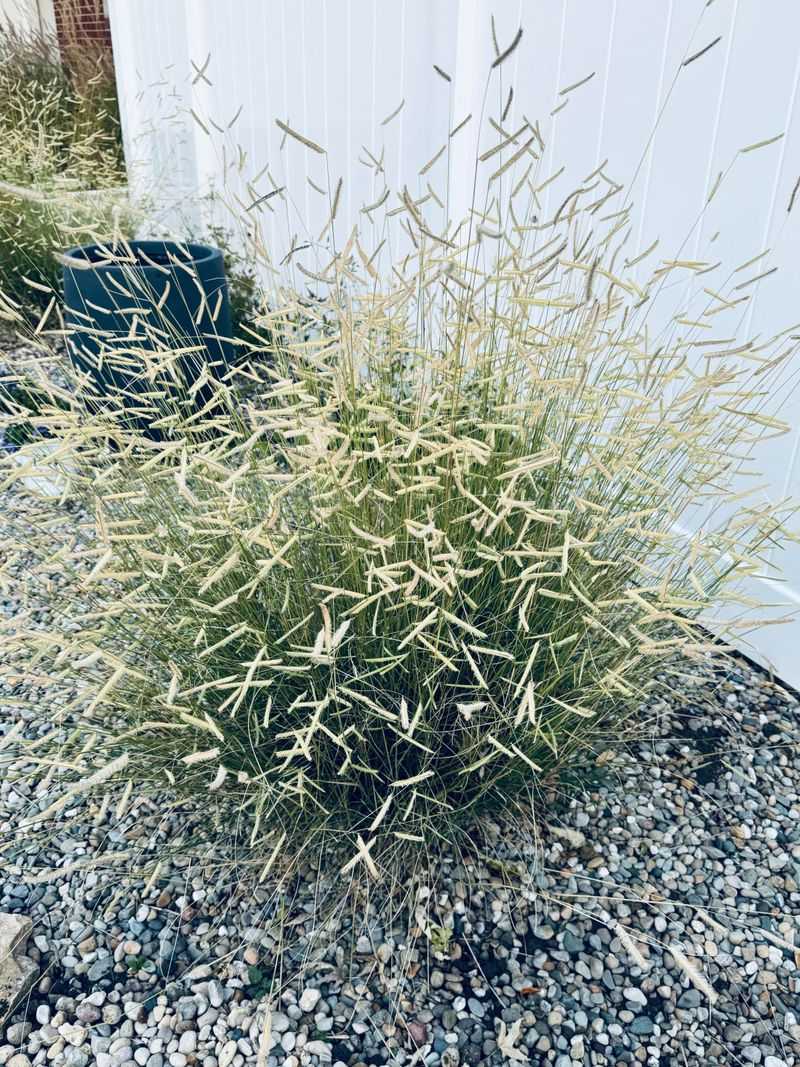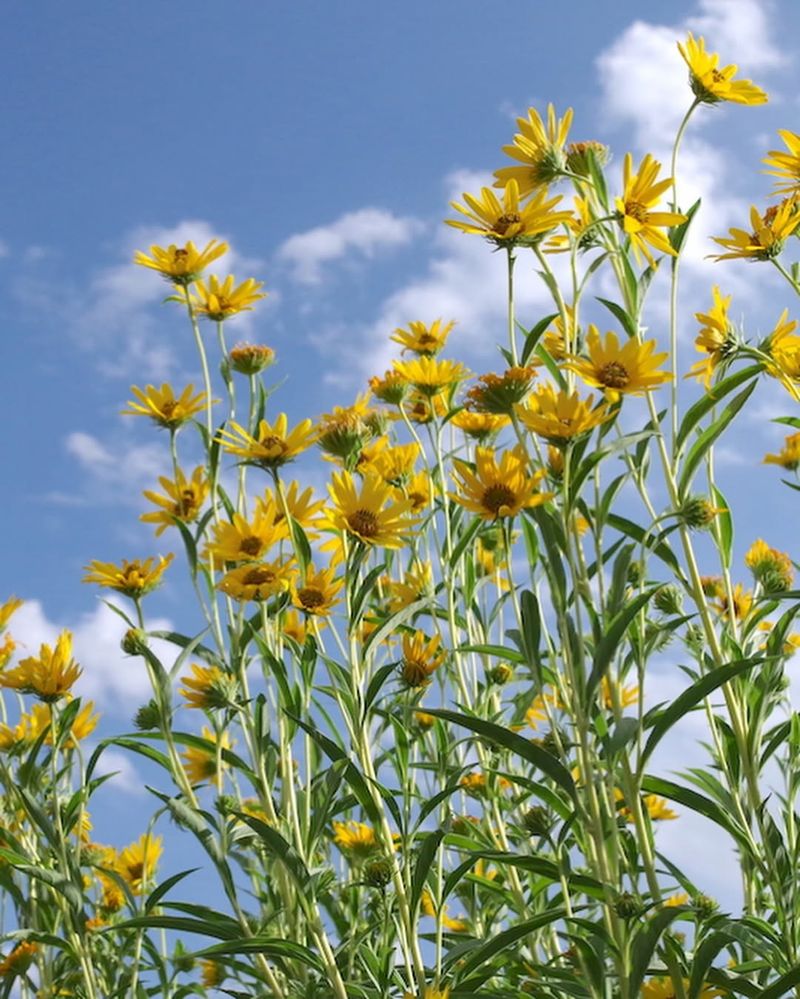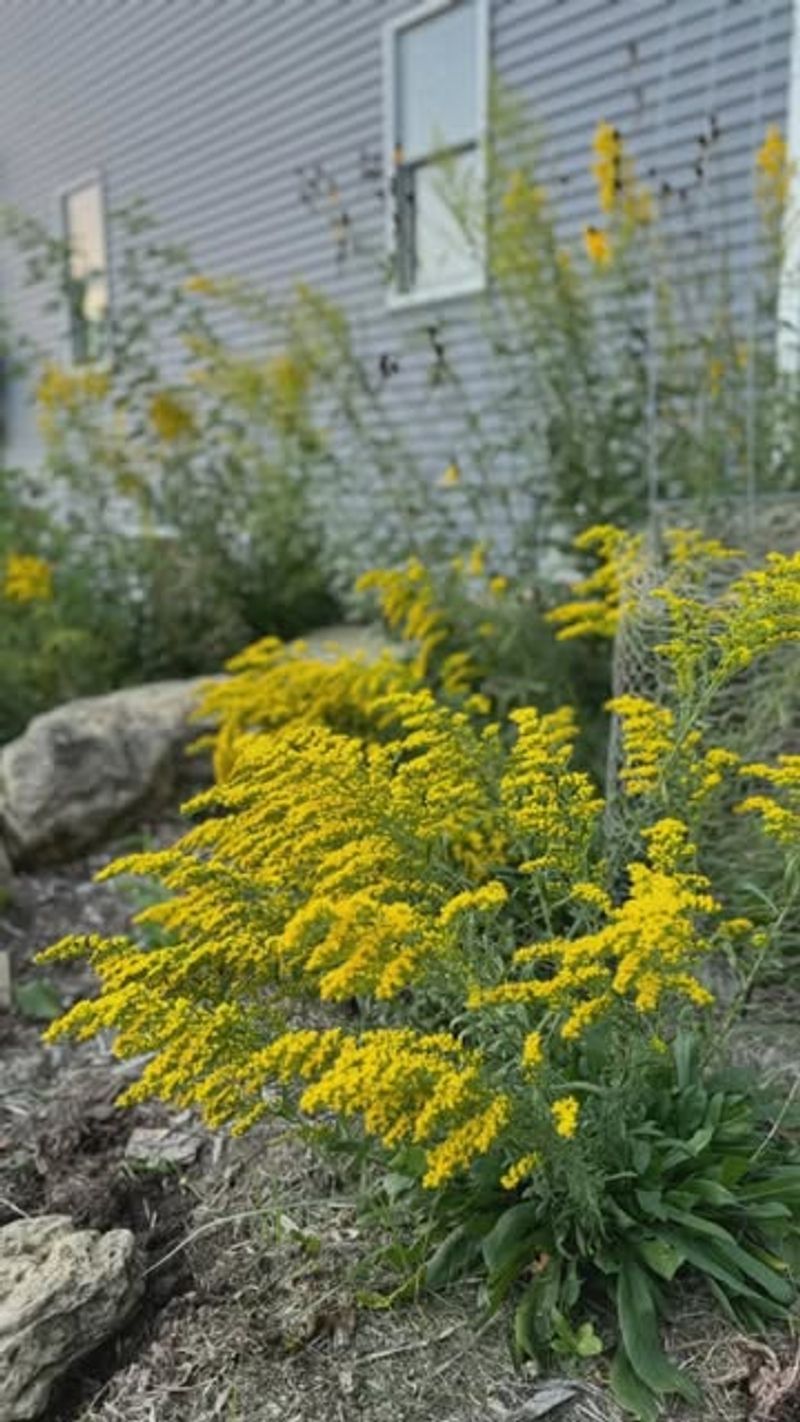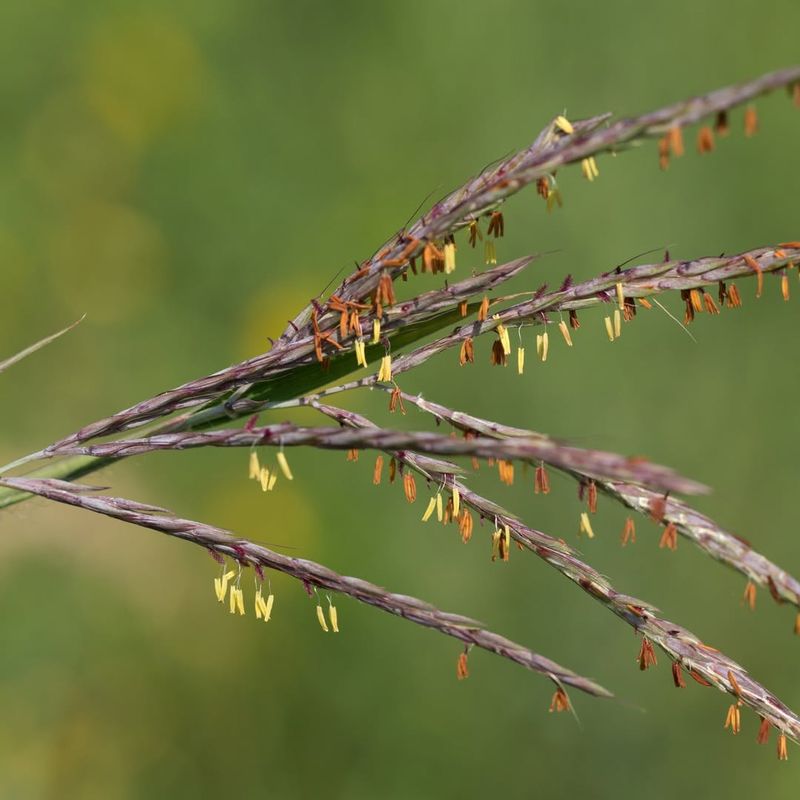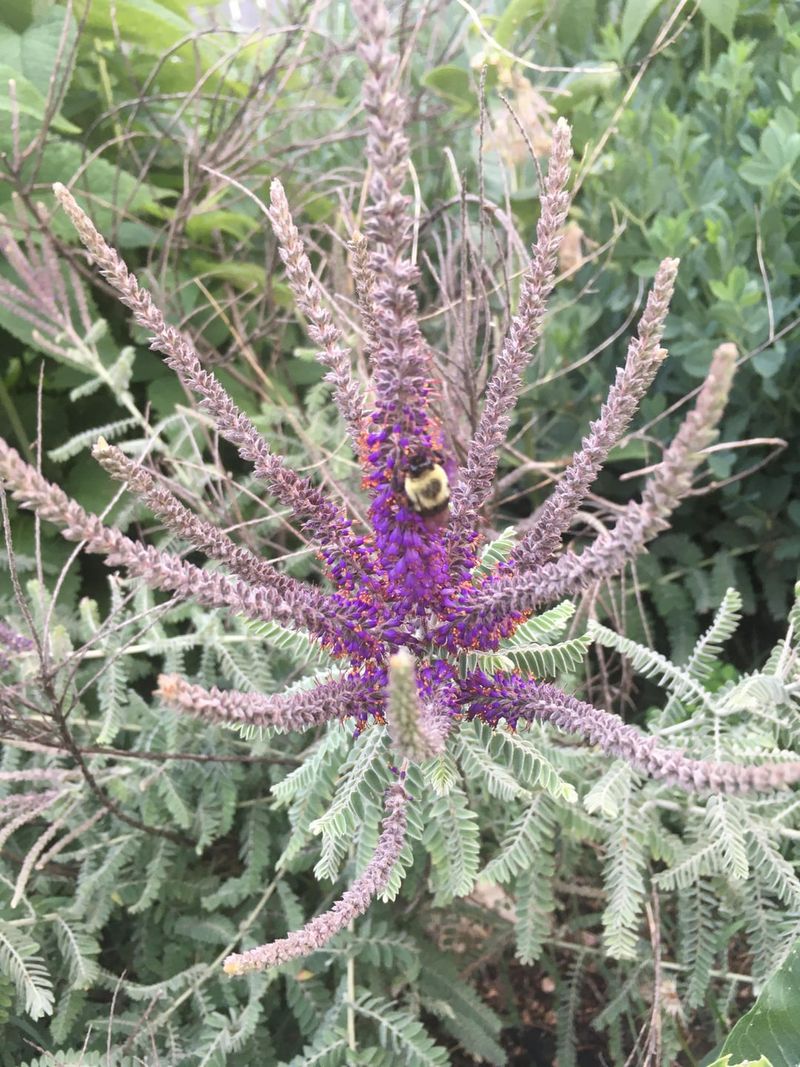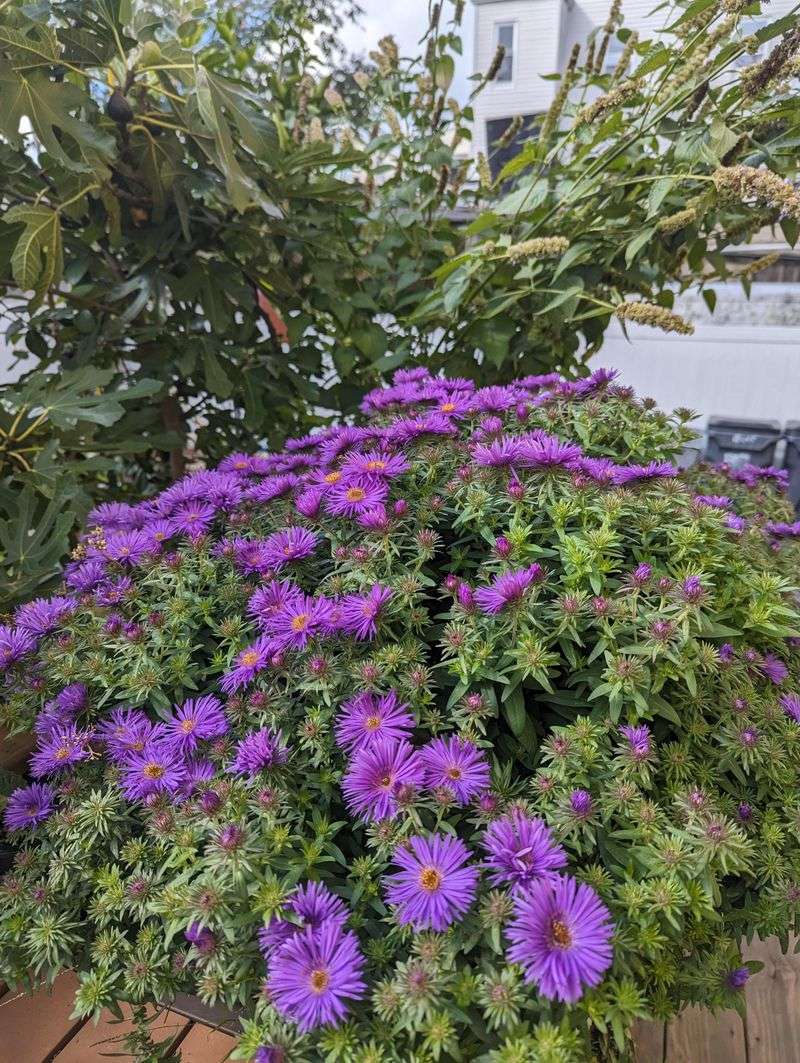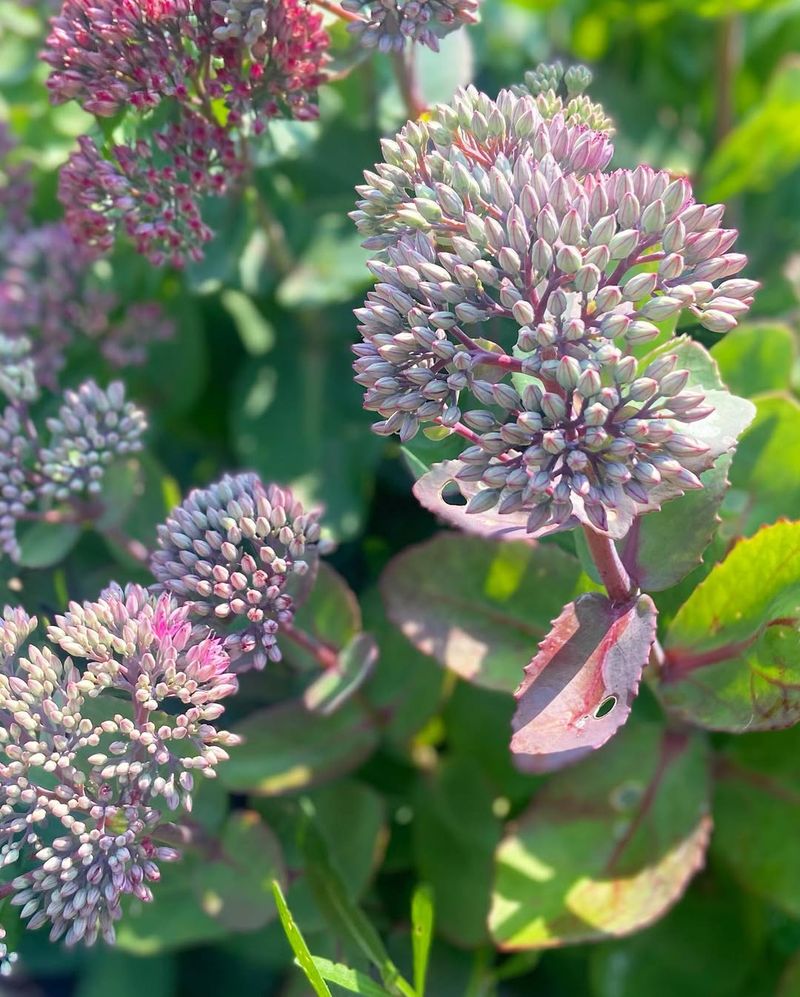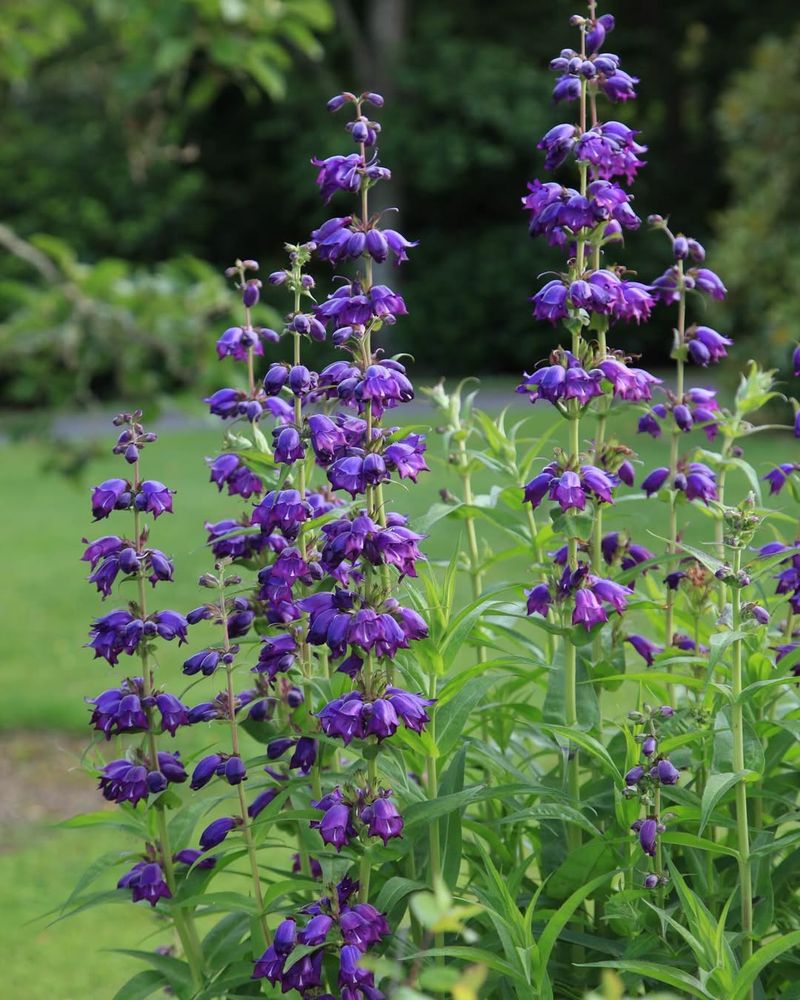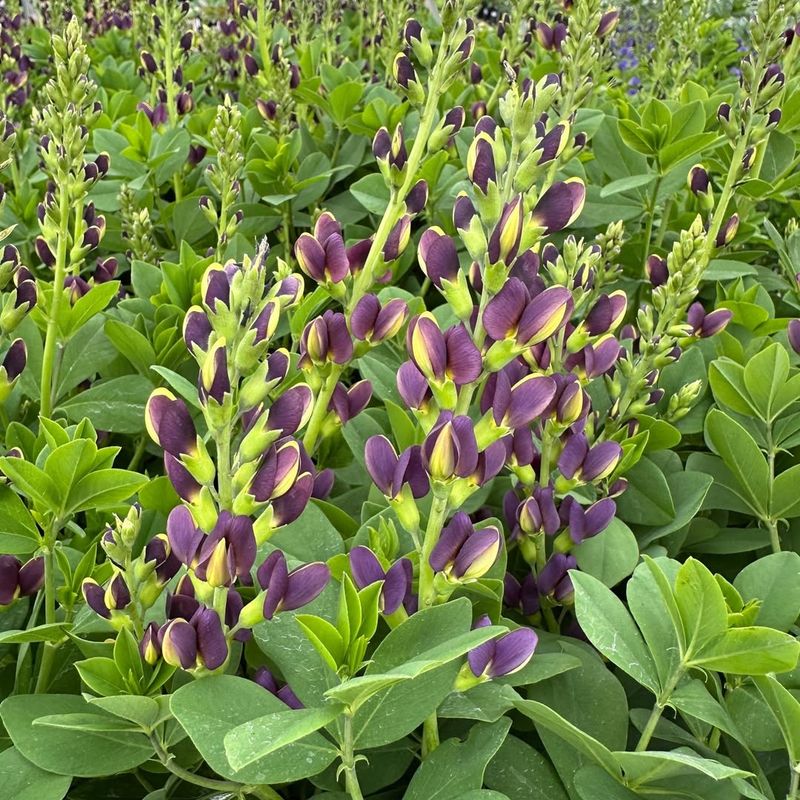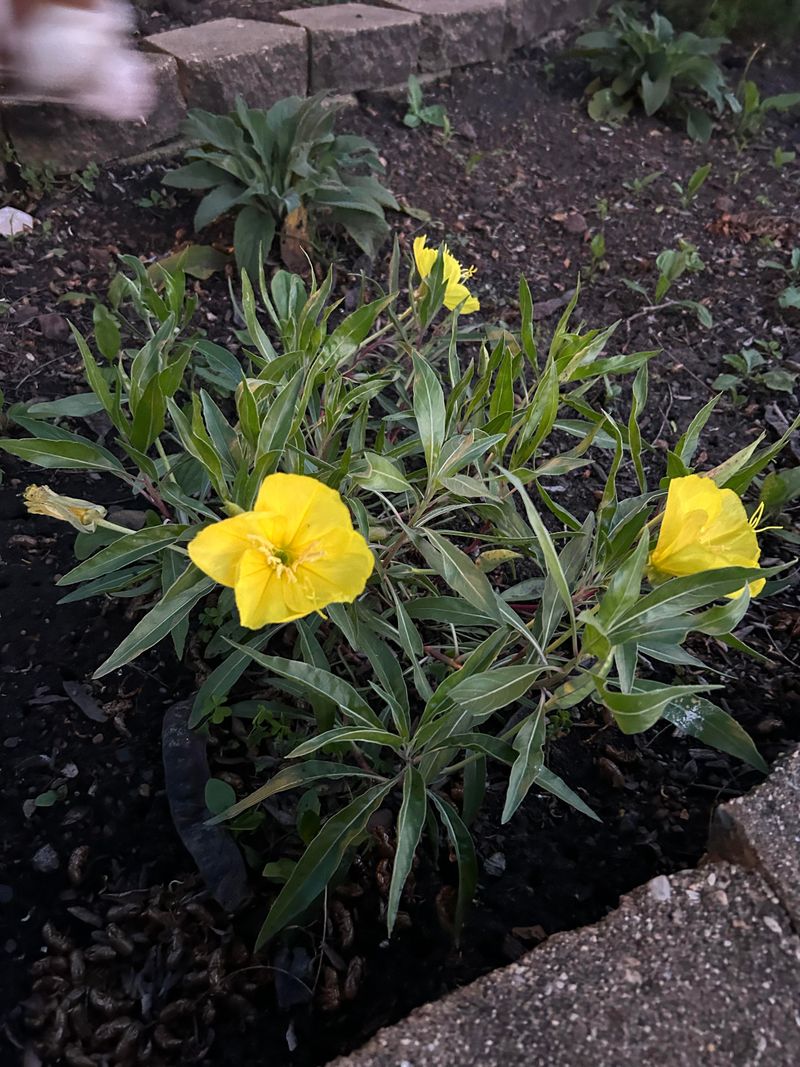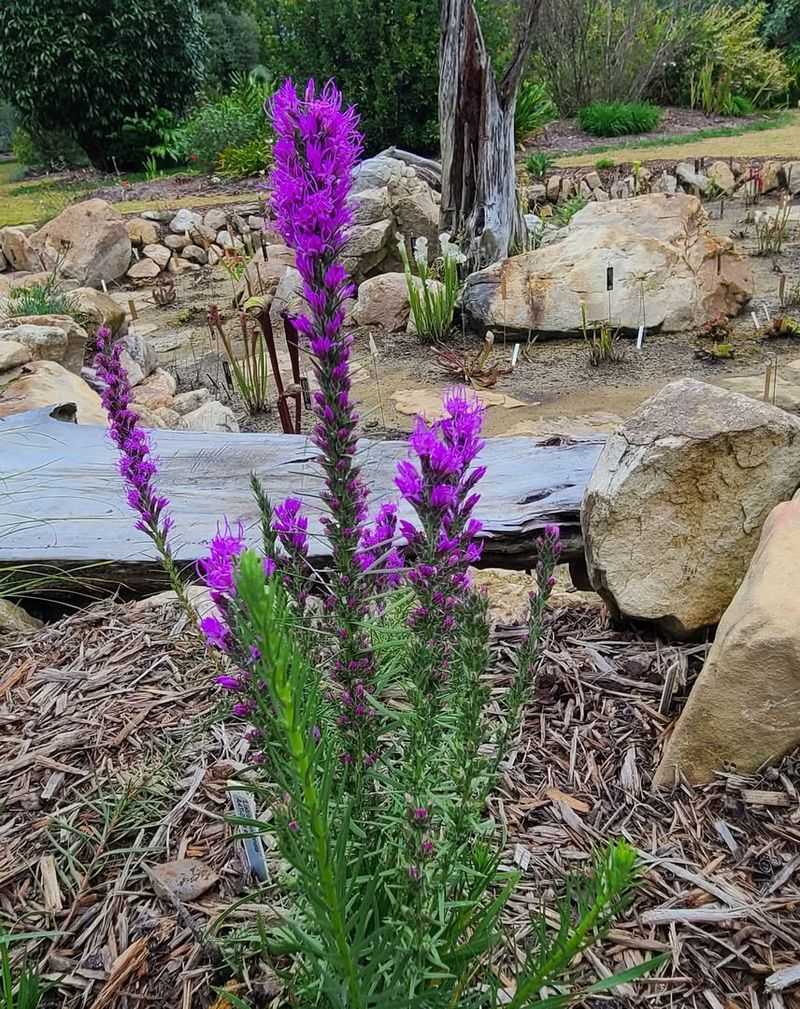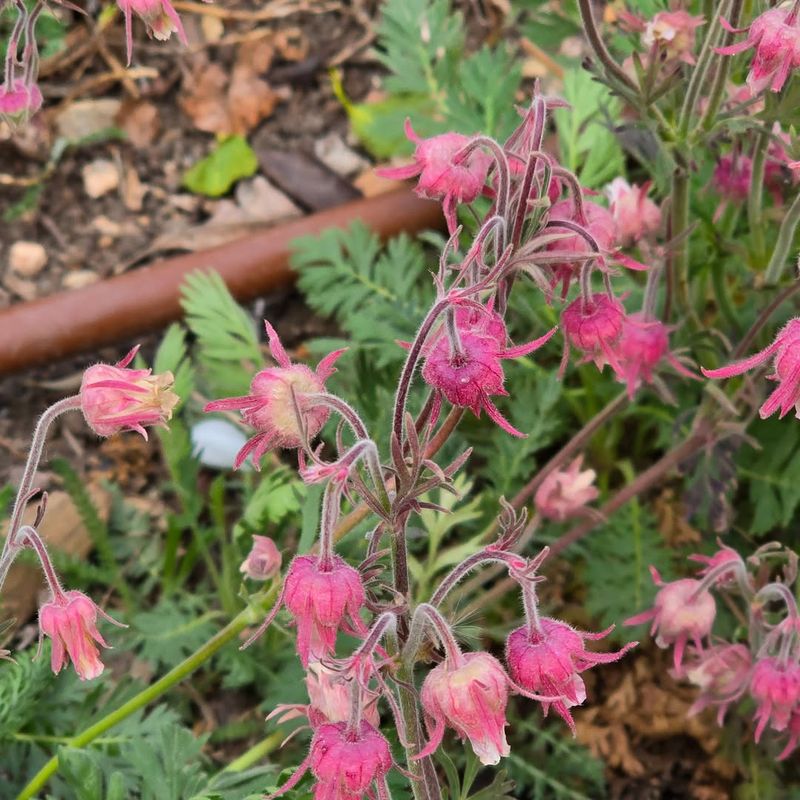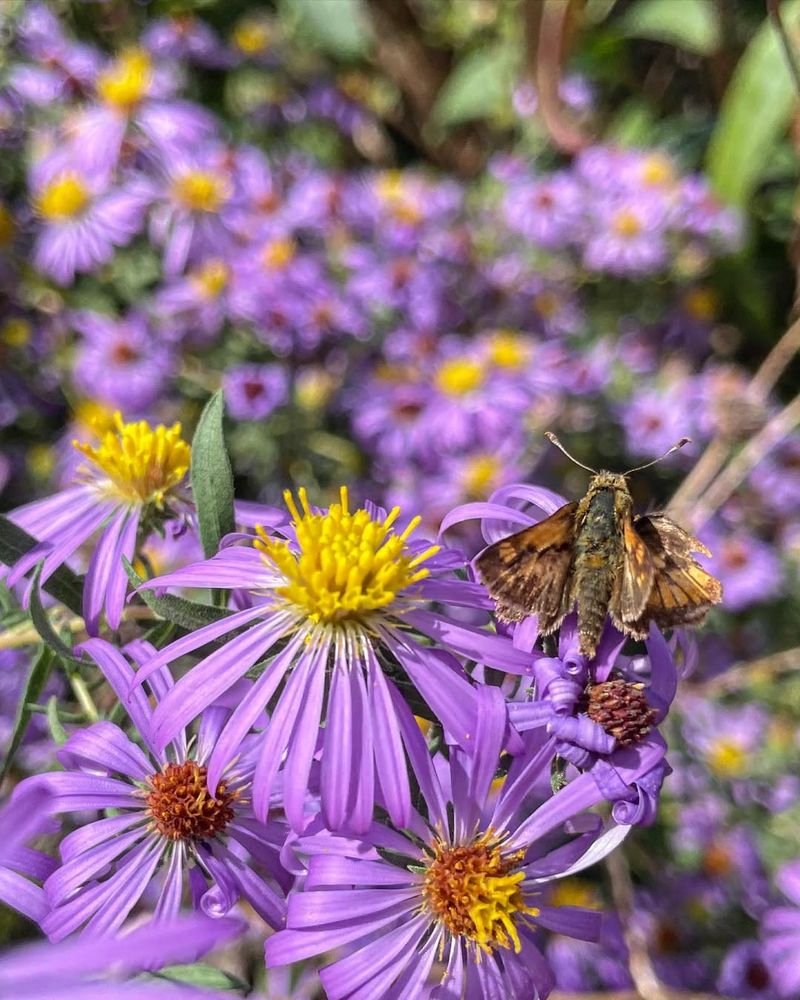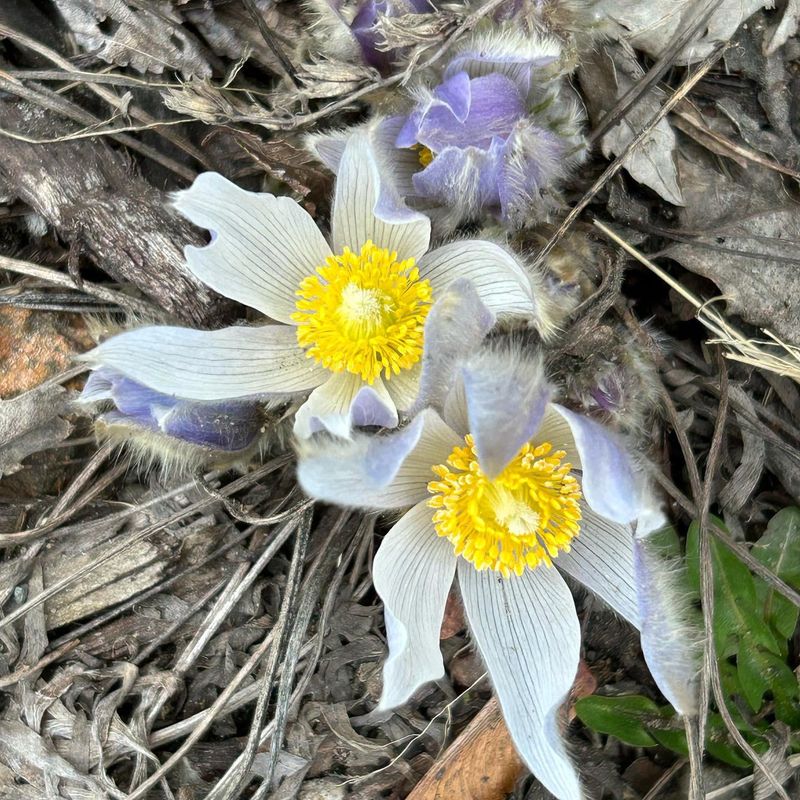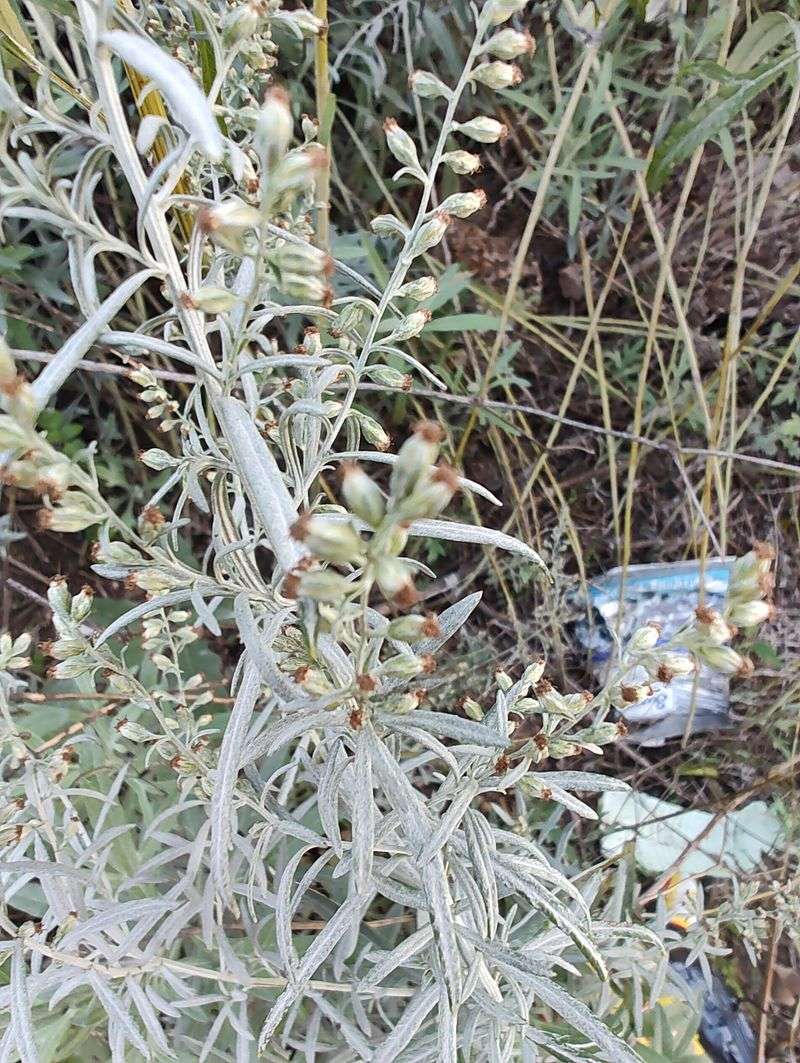Living in the Great Plains, I’ve discovered the beauty and resilience of nature’s toughest plants. From the sun-drenched summers to the biting cold winters, these landscapes demand plants that can roll with the punches—and then some. Join me as I explore 28 of the most resilient, vibrant plants that not only survive but thrive in these challenging conditions. You’ll find that each plant has its own delightful quirks and charms, offering more than just survival in the Great Plains.
1. Coneflower (Echinacea)
Coneflower is a native prairie classic with bold, daisy-like blooms in pink, purple, or even white. These tough perennials handle heat, drought, and poor soil like pros, making them perfect for Great Plains gardens.
Plant them in full sun and well-drained soil, and they’ll return stronger each year with little fuss. Pollinators love them, and dried seed heads also feed birds in fall.
Try adding coneflowers to a naturalized wildflower bed or mix them into a cut flower garden for long-lasting color.
2. Black-Eyed Susan (Rudbeckia)
Black-Eyed Susans bring warm golden color and an irresistible wildflower charm. Their dark centers and bright yellow petals are a magnet for bees and butterflies all summer long.
They thrive in full sun and average soil, needing only minimal care once established. Use them in borders, prairie-style plantings, or to fill in sunny spots with cheerful blooms.
Bonus: they self-seed easily, so you’ll get more each year with almost no effort.
3. Russian Sage
Russian Sage is the ultimate tough beauty—clouds of silvery foliage topped with lavender-blue spikes from summer into fall. It thrives in hot, dry conditions and poor soil, making it a superstar for harsh climates.
Plant it in full sun with good drainage and watch it bloom without begging for water.
The airy blooms add texture and movement to borders or rock gardens. Try pairing it with ornamental grasses or bold flowers for a dreamy prairie palette.
4. Switchgrass (Panicum virgatum)
Switchgrass is a tall, native ornamental grass that brings structure, movement, and golden fall color to the landscape. It grows in upright clumps and produces airy flower panicles that shimmer in the sun.
This grass is highly tolerant of drought, wind, and poor soil, making it ideal for the Great Plains. Use it as a privacy screen, wildlife shelter, or a graceful backdrop to flowering perennials.
It’s low-maintenance, yet high-impact all year round.
5. Little Bluestem
Little Bluestem is a compact native grass with striking blue-green summer color and vibrant red-orange fall hues. It thrives in full sun and handles both drought and poor soils with ease.
Its upright form and fluffy seed heads add great texture to any garden. Use it in meadows, borders, or even as a unique focal point in low-water landscaping. Bonus: it provides food and cover for birds and pollinators year-round.
6. Prairie Dropseed
Prairie Dropseed is a fine-textured, low-growing native grass with a soft, fountain-like shape. In late summer, it sends up delicate flower spikes that smell sweet—some say like popcorn or coriander.
It loves full sun, dry soil, and minimal fuss, making it perfect for tough climates. This grass looks stunning in masses or as a border edge with graceful movement in the wind.
Add it to pollinator gardens or mix it with wildflowers for a dreamy prairie look.
7. Blanket Flower (Gaillardia)
Blanket Flower is a sun-loving bloomer that brings bold red, orange, and yellow tones to the garden. Its daisy-like flowers bloom non-stop through heat and drought, and the plant thrives in poor soil.
Give it full sun, and it will reward you with vivid color and pollinator visits all season. These tough guys are perfect for borders, rock gardens, or spilling over pathways.
Plus, they make excellent cut flowers to brighten your home.
8. Yarrow (Achillea)
Yarrow is a hardy perennial with flat-topped clusters of tiny flowers in shades of white, yellow, pink, or red. It thrives in hot, dry spots and shrugs off poor soil like it’s no big deal.
Plant it in full sun for best flowering, and be ready for a flurry of pollinators to visit. Yarrow spreads easily, making it a great filler for wide open spaces or wildflower meadows.
It also dries beautifully—perfect for rustic bouquets or crafts.
9. Butterfly Weed (Asclepias tuberosa)
With vibrant orange blooms and a knack for attracting monarchs, Butterfly Weed lives up to its name. It’s drought-tolerant, heat-loving, and native to the Great Plains, which makes it practically unstoppable.
Give it full sun and sandy or well-drained soil, and it’ll reward you with stunning flowers all summer. Use it in native gardens or along borders where you want color and purpose.
Bonus: it’s a host plant for monarch caterpillars, so you’re helping nature thrive.
10. Joe-Pye Weed
Joe-Pye Weed is a tall, bold bloomer with dusty purple flower heads that bees and butterflies can’t resist. It thrives in moist soil and full to partial sun, making it perfect for low-lying garden spots or rain gardens.
Despite its height, it’s low-maintenance and adds great structure to the back of a border or naturalized area. Try pairing it with grasses or shorter perennials for a layered, prairie-chic look. It’s the kind of plant that quietly steals the show.
11. Purple Prairie Clover
This native beauty features spiky purple blooms and a delicate, airy form that sways with the breeze. It’s not only drought-tolerant but also helps improve soil by fixing nitrogen.
Full sun and lean soil are all it needs to shine. Use it to mix up textures in a wildflower garden or as a pollinator magnet in open prairie plantings. It’s as tough as it is graceful—perfect for long summers and wild weather.
12. Blue Grama Grass
Blue Grama is a compact native grass with charming, eyelash-shaped seed heads that dance in the wind. It thrives in dry, sunny spots and handles foot traffic better than most grasses.
Use it as a lawn alternative, in rock gardens, or mixed with wildflowers for a textured ground layer.
It turns a lovely golden color in fall and remains attractive well into winter. Simple, strong, and totally charming.
13. Maximilian Sunflower
Maximilian Sunflower is a towering native perennial with tall stalks of bright yellow blooms that light up late summer. It’s heat-loving, drought-tolerant, and thrives in open, sunny spaces.
Plant it at the back of borders or along fences where it can shine without overshadowing shorter plants. It also makes an excellent windbreak and pollinator magnet.
Expect plenty of butterflies—and maybe a few birds, too.
14. Coreopsis
Coreopsis, also known as tickseed, delivers sunny yellow blooms that seem to go on forever. It thrives in full sun and tolerates heat, drought, and even poor soil without missing a beat.
Deadheading encourages more flowers, but even neglected, it performs like a champ. Use it to brighten borders, fill wildflower beds, or mix with other prairie perennials.
It’s cheerful, low-maintenance, and practically begs to be planted in bunches.
15. Wild Bergamot (Monarda)
Wild Bergamot, also known as bee balm, bursts with lavender-pink blooms and a minty scent that bees and hummingbirds can’t resist. It thrives in full sun to part shade and loves well-drained, moderately moist soil.
This native plant adds a wild, romantic feel to prairie gardens or pollinator beds. It’s perfect for herbal teas, too—just pluck a few petals to steep. A beautiful mix of function and flair, it shines from midsummer into fall.
16. Goldenrod (Solidago)
Goldenrod brings bold yellow plumes to the fall garden, lighting up the landscape when most flowers start to fade. Despite its reputation, it doesn’t cause allergies—ragweed does!
Goldenrod thrives in sun or light shade and adapts easily to tough soil and dry spells. Use it in naturalized areas, meadow plantings, or as a backdrop for shorter perennials.
It’s a pollinator favorite and a fall standout.
17. Big Bluestem
Big Bluestem is a tall, stately native grass once called the “king of the prairie.” Its blue-green blades turn red-orange in fall, and its seed heads resemble turkey feet.
It loves full sun, tolerates drought, and grows well in average to poor soil. Use it for height, movement, and a bit of drama in large borders or naturalized plantings. It’s also a key food and shelter plant for wildlife—strong and stunning.
18. Leadplant
Leadplant is a tough, woody native shrub with silvery foliage and spiky purple blooms. It thrives in full sun and dry, well-drained soil—perfect for the most unforgiving spots.
Slow to establish, but long-lived and resilient once settled in. Leadplant adds a soft, silvery texture to prairie plantings and supports pollinators and beneficial insects. It’s a quiet hero of low-maintenance landscapes.
19. New England Aster
New England Aster brings big bursts of purple, pink, or lavender to the late-season garden. It blooms in fall and attracts migrating butterflies, especially monarchs.
Full sun and moist, rich soil are ideal, but it’s adaptable and drought-tolerant once mature. Plant it near goldenrod for an eye-catching fall combo.
It’s the perfect way to close out the growing season with bold, beautiful color.
20. Sedum (Stonecrop)
Sedum is a succulent-style perennial that loves the sun and shrugs off heat, drought, and poor soil. Its thick leaves store water, and its late-season blooms are butterfly magnets.
Plant it in well-drained soil and forget about it—it thrives on neglect. Use it in borders, rock gardens, or containers for bold texture and easy care. In fall, the flowers turn bronze and last well into winter for added interest.
21. Penstemon
Penstemon, or beardtongue, produces tall spikes of tubular blooms in shades of pink, red, purple, or white. It’s hardy, drought-tolerant, and thrives in sunny, well-drained spots.
Its flowers are favorites for hummingbirds and native bees, making it perfect for wildlife-friendly gardens. Use penstemon in xeriscapes, mixed borders, or wildflower beds.
Its strong vertical form adds a striking contrast to softer prairie plants.
22. Baptisia (False Indigo)
Baptisia is a deep-rooted native perennial with striking blue, purple, or yellow pea-like blooms in late spring. Its foliage looks great all season, and the plant forms a strong, shrub-like shape.
It thrives in full sun and lean, well-drained soil—once established, it’s nearly indestructible. Try it in the middle or back of a border for bold structure and long-lasting color. Bonus: it’s deer-resistant and adds nitrogen to the soil!
23. Missouri Primrose
Missouri Primrose brings huge, buttery-yellow blooms that open in the evening and close by morning—great for night pollinators. It’s a low-growing, spreading plant that thrives in sunny, dry areas.
This beauty loves rocky or sandy soil and requires little care once settled.
Use it along pathways, rock gardens, or at the front of borders where it can spill gently. It adds a soft, romantic vibe to any tough spot.
24. Liatris (Blazing Star)
Liatris lights up the garden with vertical spikes of purple, pink, or white that bees and butterflies absolutely love. It thrives in dry, sunny spots and adds drama with its bold, upright form.
Plant it in groups for a meadow-like effect, or mix it with grasses for a natural prairie look.
It also makes fantastic cut flowers and dries well for arrangements. Strong, showy, and seriously pollinator-friendly.
25. Prairie Smoke (Geum triflorum)
Prairie Smoke is a unique gem with pink nodding blooms that turn into wispy, feathery seed heads—like little plumes of smoke. It thrives in dry, sunny conditions and has lovely fern-like foliage.
This low-growing plant makes a great groundcover in native or rock gardens. Its whimsical seed heads add year-round visual interest. It’s quirky, tough, and totally charming.
26. Aromatic Aster
Aromatic Aster is a compact, late-blooming perennial covered in small lavender to blue flowers when most of the garden is fading. It loves sun and well-drained soil and can handle drought like a pro.
Its dense habit makes it great for edging or filling in tough, dry spots. Try pairing it with ornamental grasses or other fall bloomers for a color-packed finale. Bonus: butterflies can’t get enough.
27. Pasque Flower
Pasque Flower is one of the earliest bloomers, often flowering through snow with fuzzy purple petals and yellow centers. It’s low-growing, loves full sun, and does well in dry, sandy soils.
The seed heads are just as charming as the blooms—fluffy and whimsical like prairie cotton candy. Use it in rock gardens, early spring borders, or tucked into a native wildflower mix. This little powerhouse kicks off the season with flair.
28. Prairie Sage (Artemisia ludoviciana)
Prairie Sage is a silvery, aromatic plant with soft foliage and understated flower spikes. It thrives in dry, sunny spots and poor soil, and spreads easily to fill in gaps.
It’s perfect for softening edges, pairing with bold flowers, or adding contrast in texture and color. Its scent adds another layer to the sensory garden experience. Hardy, graceful, and quietly elegant.

